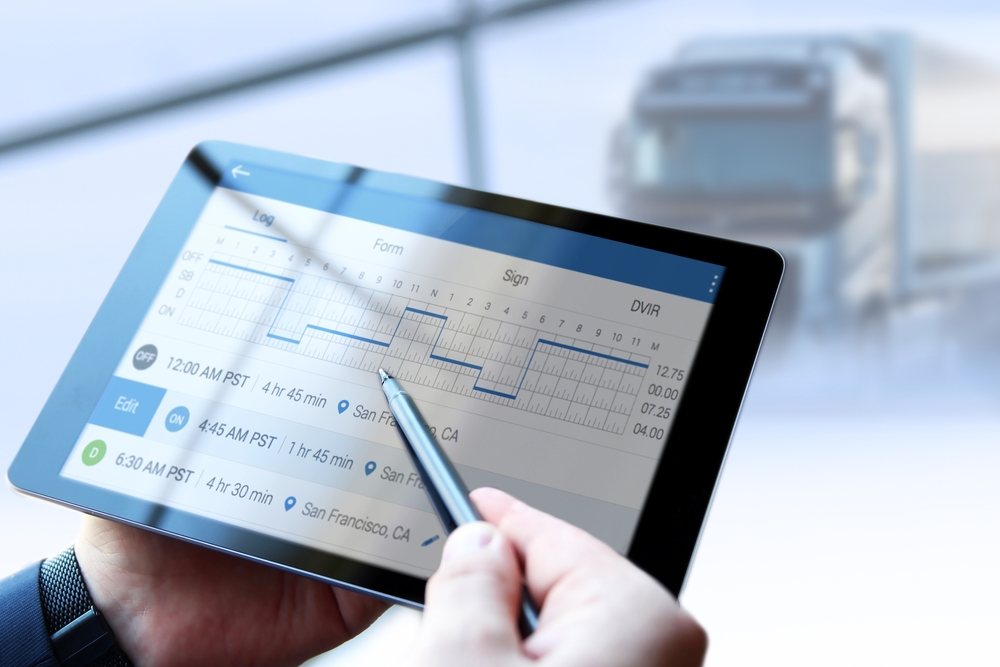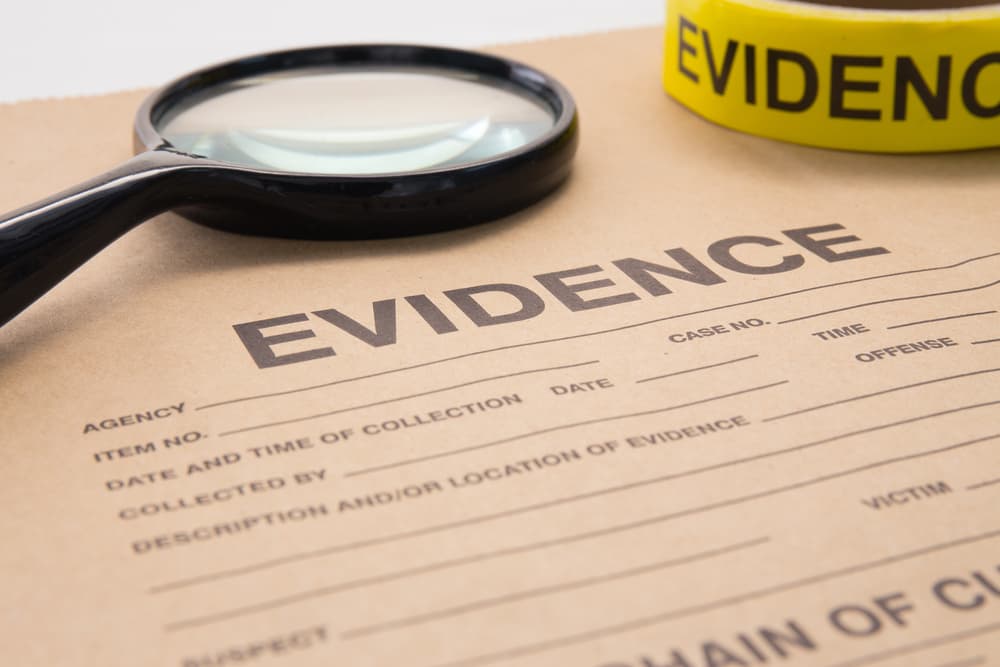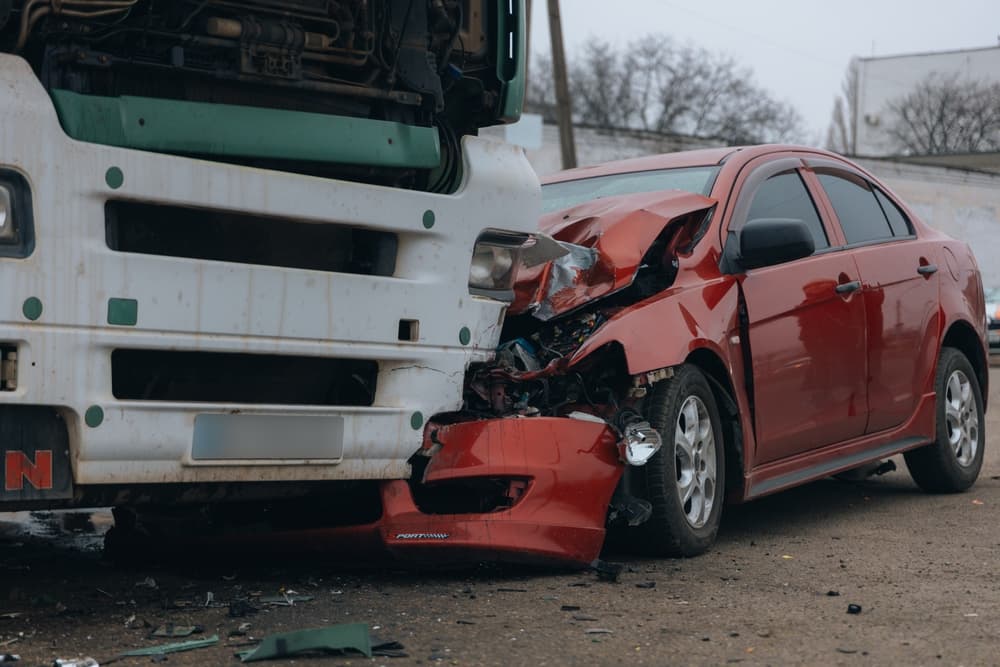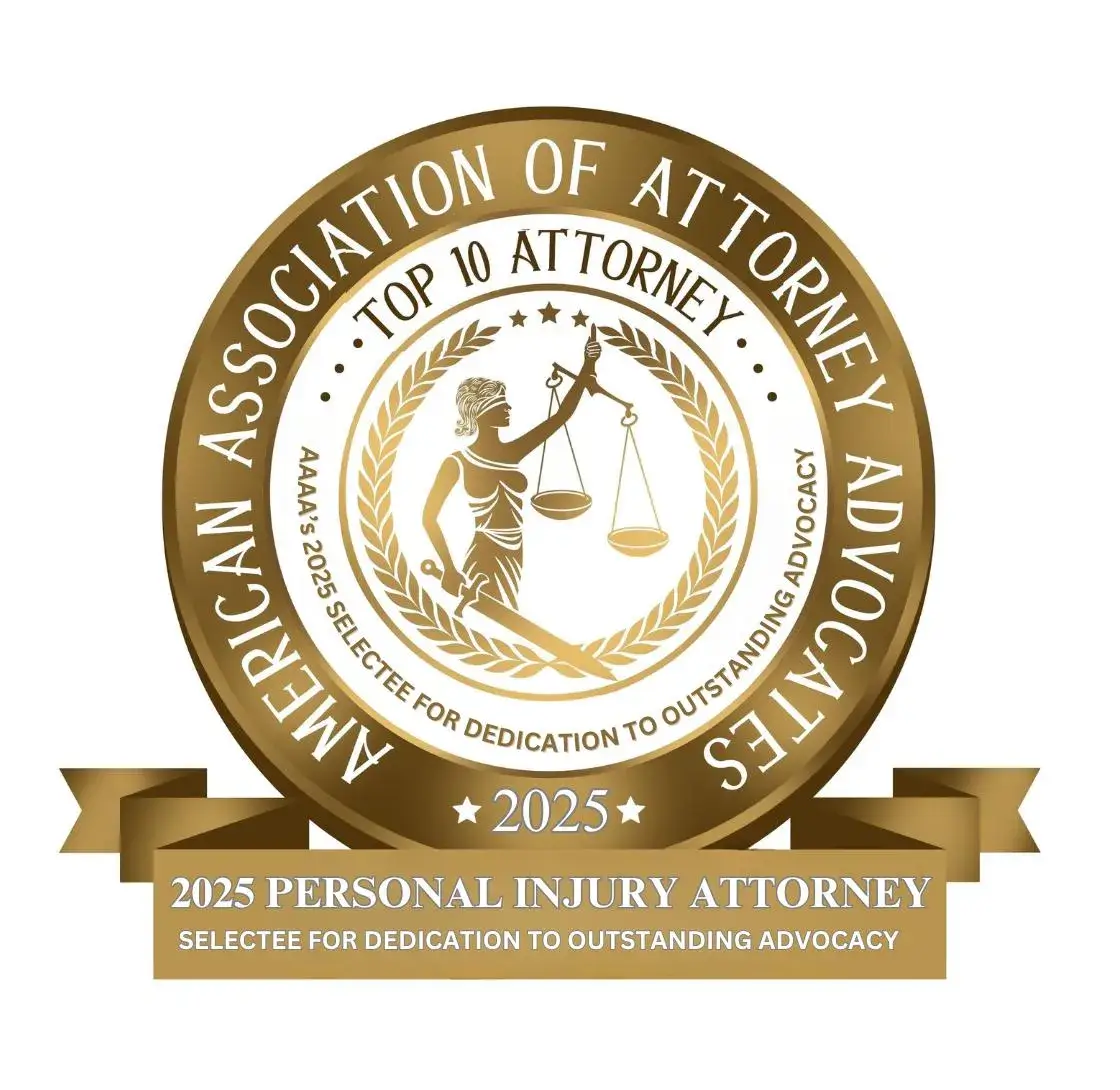
What Are Black Box and ELD Devices, and Why Do They Matter in a Truck Case?
After a devastating collision with a commercial truck, the single most important factor in proving your case may not be what you saw, but what the truck itself recorded. When the accident scene is cleared and it becomes your word against the truck driver’s, the truth is often locked away in two key pieces of technology: the “black box” Event Data Recorder (EDR) and the Electronic Logging Device (ELD).
These devices serve as silent, unbiased witnesses, capturing a wealth of digital evidence that can definitively answer who was at fault. For victims of crashes on the roads of New Jersey and New York, this data can mean the difference between a denied claim and the justice you deserve.
The Silent Witness: What Is a Truck’s “Black Box”?
When people hear the term “black box,” they often think of the nearly indestructible recorders found in airplanes. The concept is very similar for commercial trucks. While technically known as an Event Data Recorder (EDR) or part of the Engine Control Module (ECU), the “black box” is a device designed to capture and save critical information about a truck’s performance in the moments leading up to, during, and immediately after a crash.
Think of it as a snapshot in time. It doesn’t record long-term driving habits, but it does memorialize the few crucial seconds around a collision or other “triggering event” (like sudden, hard braking). This snapshot is incredibly detailed and can provide objective answers to some of the most important questions in a truck accident case.
What kind of data does a black box (EDR) record?
- Vehicle Speed: The EDR logs the truck’s speed in the seconds before impact. This can instantly confirm or deny a driver’s claim that they were obeying the speed limit.
- Brake Application: Did the driver hit the brakes? If so, when? The EDR records the precise moment the brakes were applied—or if they were applied at all. This is critical in rear-end collisions or accidents where the driver claims they tried to stop.
- Throttle Position: The data shows how much the driver was accelerating. A high throttle percentage just before impact can paint a very clear picture of reckless driving.
- Steering Input: The recorder can show the angle of the steering wheel, helping to reconstruct whether the driver attempted an evasive maneuver or was making a dangerous turn.
- Cruise Control Status: Was the cruise control engaged at the time of the crash? This can be relevant in cases of driver inattention or fatigue, especially in heavy traffic conditions common to our communities in New Jersey and New York.
- Seatbelt Use: The EDR notes whether the driver’s seatbelt was buckled, which can be part of establishing a pattern of overall safety compliance (or lack thereof).
- Engine RPM: This data helps experts understand what the engine was doing at the moment of the crash.
This information is invaluable. It can transform a case from a “he said, she said” argument into a matter of scientific fact. The data from the black box allows accident reconstruction experts to create a highly accurate, second-by-second analysis of the crash, providing a clear and compelling story for insurance adjusters, judges, and juries.
The Digital Diary: Understanding the Electronic Logging Device (ELD)

If the black box is a detailed snapshot of the crash itself, the Electronic Logging Device (ELD) is the feature-length film of the driver’s work life leading up to it. Since 2017, federal law has mandated that nearly all commercial trucks be equipped with ELDs. The primary purpose of this law was to put an end to the old, easily falsified paper logbooks that drivers used to track their hours.
The ELD is connected directly to the truck’s engine and uses GPS to automatically record a driver’s activity. This is done to ensure compliance with federal Hours of Service (HOS) regulations—the rules that limit how long a trucker can drive without taking a mandatory rest break. Driver fatigue is a leading cause of catastrophic truck accidents, and HOS rules are designed specifically to prevent tired drivers from being on our roads.
What kind of data does an ELD record?
- Driver’s Duty Status: The ELD tracks exactly when a driver is “On Duty,” “Off Duty,” “Driving,” or in the “Sleeper Berth.”
- Hours of Service (HOS): It creates an undeniable record of whether a driver has violated HOS rules, such as driving for more than 11 hours in a 14-hour window or failing to take a 10-hour consecutive break.
- Vehicle Location: GPS tracking provides a history of where the truck has been, confirming routes and stops.
- Engine On/Off and Miles Driven: The device logs when the truck is running and how many miles it covers, which can be cross-referenced with the driver’s duty status to uncover inconsistencies.
The ELD provides the broader context for the accident. It answers the question: Why might the driver have made a mistake? The answer is often fatigue. Imagine a driver who has been on the road since early morning, navigating dense traffic through Teaneck and Hackensack to make a delivery, and is now pushing their legal limits to get back on the road. The ELD data can prove that they were dangerously tired and should not have been behind the wheel.
EDR vs. ELD: A Tale of Two Timelines
It’s helpful to think of these two devices as partners in telling the full story of your accident.
- The Black Box (EDR) is the MICRO-view. It tells us what happened in the critical seconds of the collision. It is the evidence of the immediate, specific actions (or inactions) that caused the crash.
- The ELD is the MACRO-view. It tells us what happened in the hours and days leading up to the crash. It is the evidence of the driver’s condition, their habits, and whether they were in a state to be driving safely in the first place.
A skilled legal team knows how to use both. The ELD might show a driver was at the end of a 14-hour shift, making them a ticking time bomb of fatigue. The black box then provides the proof that this fatigue led to a fatal mistake, like failing to brake in time or drifting out of their lane. Together, they create an ironclad narrative of negligence.
Why This Data Is a Game-Changer for Your Case
Having access to this digital evidence can fundamentally change the course of your recovery. It levels the playing field between you—an individual, a family, a member of our community—and the massive corporate entity you are up against.
- It Exposes the Truth and Defeats False Narratives. Truck drivers are trained by their companies on what to say and do after an accident. Their story is often designed to protect themselves and their employer. Black box and ELD data cuts through the excuses. If a driver says they were alert and in control, the ELD might show they’d been driving for 13 straight hours. If they claim you cut them off, the EDR might show they never even hit the brakes.
- It Proves Driver Fatigue. As we’ve discussed, fatigue is a silent killer on our roads. It is as dangerous as drunk driving. Without ELD data, proving a driver was tired is incredibly difficult. With ELD data, it becomes a documented fact. This establishes clear negligence on the part of the driver.
- It Can Prove Negligence by the Trucking Company. This is a critical point that many people miss. The case isn’t just about the driver; it’s often about the company that hired, trained, and supervised them. ELD records can reveal a pattern of HOS violations that the company knew about—or should have known about—and did nothing to stop. If a company pressures its drivers to break safety rules to meet unrealistic delivery schedules, that company can be held directly liable for your injuries. This is a powerful way to ensure full accountability.
- It Helps Accident Reconstruction Experts. The precise data from an EDR allows experts to create compelling, scientific visualizations of the crash. These animations can show a judge or jury exactly how the truck’s speed, angle, and lack of braking caused the devastating outcome. It makes the complex physics of a crash understandable and undeniable.
- It Creates Leverage for a Fair Settlement. When faced with indisputable digital evidence of their driver’s and their own negligence, trucking companies and their insurers are far more likely to offer a fair settlement. They know that taking a case with such clear evidence to trial is a massive risk. This data gives your legal advocate the leverage needed to demand the compensation you need to cover medical bills, lost income, and your pain and suffering.
The Clock is Ticking: The Urgent Need to Preserve This Evidence

Here is the most important takeaway for anyone who has been in a truck accident: This data is not permanent.
Trucking companies are legally required to preserve it after an accident, but the data can be fragile. EDR data can sometimes be overwritten by subsequent driving. ELD records are part of a system controlled entirely by the trucking company. An unscrupulous company, knowing the data is incriminating, might be tempted to “accidentally” lose, delete, or allow it to be overwritten. Their legal teams and investigators are dispatched to the scene almost immediately, and their first priority is to control the evidence and protect the company.
You must act just as quickly to protect your rights.
This is done by sending a legal document called a spoliation letter or preservation of evidence letter to the trucking company and its insurer. This letter, sent by an attorney, formally demands that they not alter, destroy, delete, or in any way tamper with any and all evidence related to the accident. This includes, but is not limited to:
- All data from the black box (EDR/ECU).
- All data from the Electronic Logging Device (ELD).
- The driver’s logs (both electronic and any paper copies).
- Post-crash inspection reports.
- Maintenance and repair records for the truck and trailer.
- The driver’s qualification file.
- Drug and alcohol test results.
Sending this letter immediately is perhaps the single most critical step in the early stages of a truck accident claim. It puts the company on notice that you are serious and that you will hold them accountable if any evidence disappears. It is your way of drawing a line in the sand and ensuring that the silent witnesses—the black box and the ELD—get their chance to speak the truth.
How Maggiano, DiGirolamo & Lizzi, P.C. Can Help
Handling a serious truck accident claim and sorting through the complex legal process of securing evidence like black box and ELD data is not something you should ever have to do on your own. The trucking companies have teams of lawyers and experts working from day one to minimize their responsibility. You deserve a team that is just as dedicated to fighting for you.

At Maggiano, DiGirolamo & Lizzi, P.C., we have built our reputation on standing with the person next door against these powerful interests. Whether you are in Fort Lee, Hackensack, the Bronx, or any of the surrounding communities we proudly serve, we are here to be your voice and your shield. We know that every client is a unique person, a member of our community, whose life has been turned upside down. Your case is not just another file; it is a fight for your future.
Our primary focus is on complex personal injury cases, especially those involving catastrophic truck accidents. We know precisely what evidence to look for, and we act immediately to send preservation letters to ensure that crucial data from black boxes and ELDs is protected. Our team of over 30 dedicated professionals, with more than 100 years of combined experience, works together to build the strongest case possible on your behalf.
If you or a loved one has been injured in a truck accident, please do not wait. Contact us today at (201) 585-9111 or through our online form for a free, confidential consultation. Let us listen to your story and explain how we can help you fight for the justice you deserve.



















